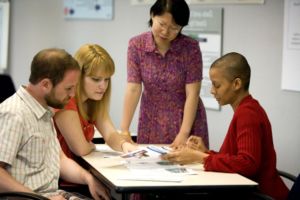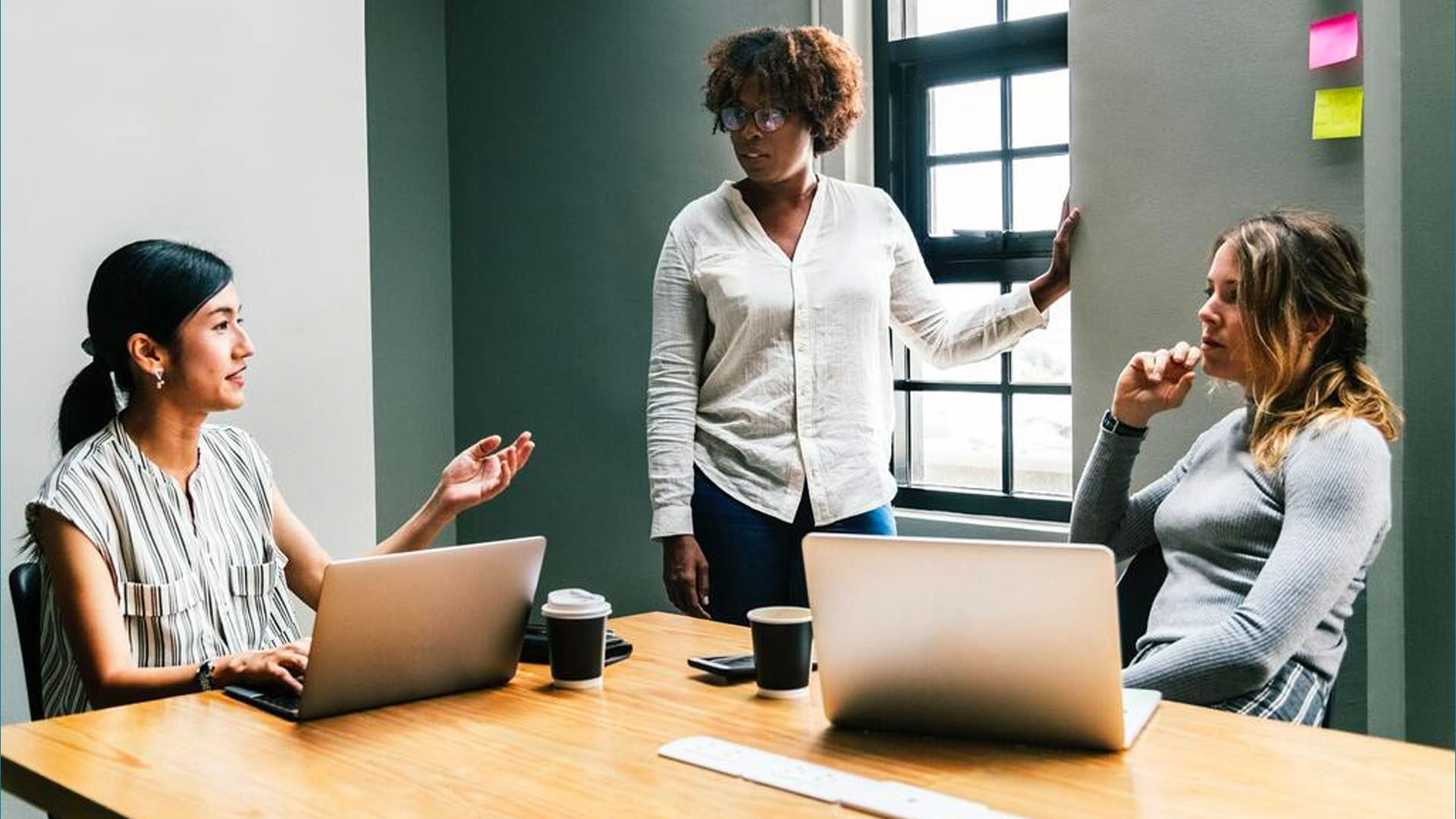The Need

Teaching during this time is not like teaching during any other time in history. Can I get an Amen?! As a former building leader, I witnessed the unbelievable strength and fortitude of the teachers in my school. Each day, with unlimited streams of coffee flowing into their veins, they fought to give students a sense of normalcy in a time that could not feel more foreign to any of us. A recurring motto that echoed throughout the country was “We are better together.”. No truer hashtag has been tweeted. Each week, those teachers sat together, well more like 6 feet apart and masked, to discuss ways that we could still serve our students during these trying times. These collaborative meetings, called Professional Learning Communities “(PLC)”, were the gravitational force that pulled teachers back to each other and a common goal of student achievement. PLC continues to give us the plug to rebuild collective teacher efficacy and disperse leadership to our staff. I dare not suggest that a two-year long, bad April fool’s joke can be remedied by one simple process. I do suggest that, if used with fidelity, it can surely lighten the load and help to restore the learning loss of our students. Consider PLC as the vehicle, not the destination.
“PLC continues to give us the plug to rebuild collective teacher efficacy and disperse leadership to our staff.”
The Deed
Students who were at a learning deficit prior to the pandemic are even more likely to fall behind proficiency now. I met a teacher today who shared, “The task of juggling the emotional well being of my students with their ability to achieve at high levels is a charge too daunting to go at alone”. Oh but the good news is that exchanging “my students” for “our students” can shift the weight from one teacher’s weakened back to a whole team bearing the load in a collaborative setting. Now, I am not referring to this team, just meeting around a copy machine that is on its last leg to discuss class parties, field trip plans, and spirit week. This setting that I speak of is a team convening regularly to discuss these four critical questions:
- What do we want students to know and be able to do? (Learning targets)
- How do we know if they have learned it? (Common Assessments)
- How do we intervene when students have not reached mastery? (Remediation)
- How do we extend their learning once they have reached mastery? (Extension)
When discussing these four questions, we must let the data speak! The use of common assessments is key here. In a nutshell, a common assessment is a tool used by two or more teachers to measure the learning targets, given approximately in the same time frame. The data from these assessments gives us the answers to question 2. This is where the work begins!
Intercede

If there was any time to intercede on the behalf of our students, it is NOW! There is great attention given to question 3 in terms of the PLC process. How will we respond to students who have not yet mastered the targeted skills? In this time, it is tempting to shift the responsibility of learning difficulties onto other existing factors. That will not get us anywhere, but taking action will. I am not discrediting the need to share common struggles with others, who else can we tell about the poop that was shaken out from the pants leg of a kid walking down the hall? Our families just don’t understand the struggle! However, PLC time should be dedicated to identifying essential standards, forming common assessments, and either supporting or extending the learning of students. Wash, Rinse, Repeat or even more fitting, Netflix, Binge, Repeat! The book, Learning by Doing: A Handbook for Professional Learning Communities at Work, says “So we want to stress that unless collaborative teams are using evidence of student learning to inform and improve their individual and collective professional practice, the school is not fully engaged in the PLC process.”
“PLC time should be dedicated to identifying essential standards, forming common assessments, and either supporting or extending the learning of students.”
Response to Intervention or Multi-Tiered System of Supports is a proven way to support our “question 3” kiddos. There are cases in which an adjustment in the delivery of instruction is sufficient. Other times, there is a need for more! David Jones, Solution Tree speaker, offered a great way to remember the 3 tiers of intervention.
- Tier I – Core
- Tier II – Core and More
- Tier III – Core and More and More
This serves as a great reminder that students who do need more are not given these interventions in the absence of core instruction. All interventions should be supplemental and progress monitored. I will not dig into what each stage of “more” could look like, that is another blog for another day! For now, it is essential to remember that in order to determine whether there is a need for support or extension, there needs to be a process that allows teachers to make informed decisions about next steps.
Succeed
As we commit to ensuring the success of all students, we must prioritize our efforts. These four questions will help us to do just that. Whether you call it PLC or not, the focus must remain the same. Are we co-laboring to ensure that our students are achieving at higher levels regardless of existing circumstances? I have been an educator in a school with a very high percentage of low socioeconomics, low English proficiency, and extreme discipline issues and a school on the opposite end of the spectrum. The mission remains the same in either setting. How do we get our kiddos across the finish line one step at a time? My response is “Together, that’s how.” #wearebettertogether
“Quality teaching is not an individual accomplishment, it is the result of a collaborative culture that empowers teachers to team up to improve student learning beyond what any one of them can achieve alone.” (Carroll, 2009, p. 13)
Resources
Please login or register to claim PGPs.
Alternatively, you may use the PGP Request Form if you prefer to not register an account.



